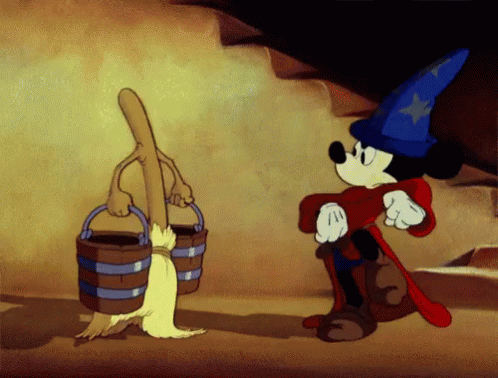- 2 min read
Picture this: a person cuts across the grass, avoiding the neatly paved corner of a sidewalk. Over time, others follow, and a natural trail emerges—simple, direct, human. These are desire paths, the unplanned trails created by how people truly want to move through a space. They reveal human intention and preference.
This is a concept I often revisit when thinking about how stories are told and experienced in different places. Because I’ve often found that we (the audiences) find and follow our own "desire paths" through narratives.
Does the story start on a webpage, maybe as a shared link? Or does it start as they walk down the street, and notice the sign hanging above the business? Perhaps it’s a magazine article that catches their interest? A smell when you walk into a room, or a printed T-shirt hidden within the folds of a friend’s closet? Maybe it appears in the opening credits of a film, or wrapped around a product at a farmers market?

When done well, the storytelling creates an immersive phenomenon. The different touchpoints of the story become an ecosystem, a world unto itself. There are several components to these kinds of stories—colors, typography, décor, sounds, smells, or lighting—each is selected, curated, or crafted to enhance or supplement the narrative.
It could be a mural that tells the history of a business, or a particular lighting that creates a stunning show. There are always opportunities to entertain, set a mood, or make your opinion clear, while still serving a functional purpose.
So, like I asked the visual communication students in my last seminar: where will the story live, and what can its setting reveal about the audience's journey? How we design that story—the trail they will follow—defines how they experience and remember it.
Food for thought.
If you’re interested in ideas about storytelling and design, feel free to get in touch with us to learn more about my workshops and seminars, or WhatsApp us at +94 77 764 7096
















